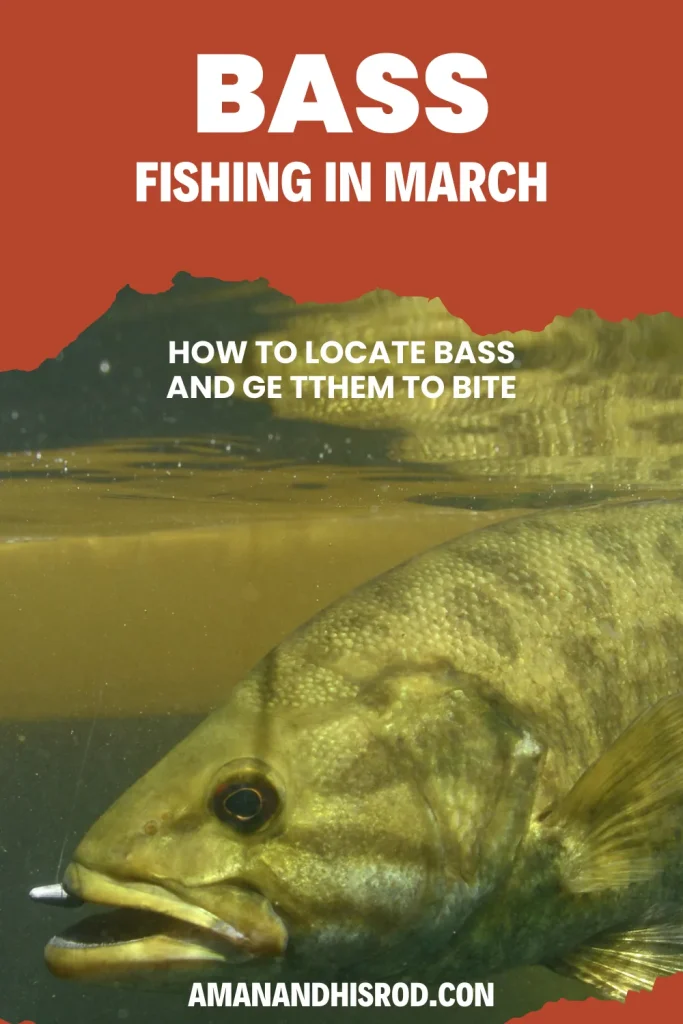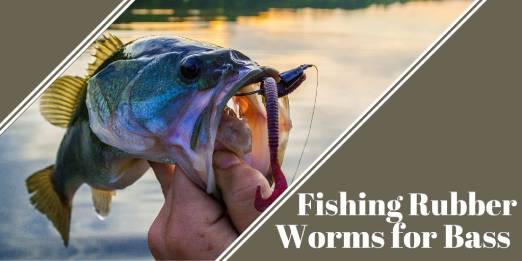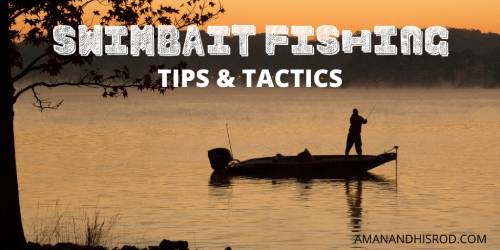March marks the beginning of the Spring bass fishing season for many anglers, bringing with it a unique set of challenges and opportunities. Successful bass fishing in March requires a nuanced understanding of various factors, including bass psychology, physiology, weather conditions, water temperature, bass diet, and the choice of fishing lures. In this comprehensive guide, we’ll dive into these key aspects to equip anglers with the knowledge needed to make informed decisions on the water.
Factors Affecting Bass Fishing in March
Understanding bass behavior is crucial for successful fishing in March. As the weather transitions from winter to spring, bass become more active, sensing the approaching spawning season. This heightened activity means they are more likely to be found in shallower waters, preparing for the spawning rituals. Anglers need to adapt their strategies to exploit this behavioral shift.
Bass Physiology and Anatomy
Bass physiology plays a significant role in their behavior during March. The fish are emerging from a period of reduced metabolism in colder temperatures. As the water temperature starts to rise, their metabolism increases, triggering a surge in feeding activity. Focusing on the bass’s lateral line – a sensitive organ that detects vibrations – can aid in lure selection, as bass are more likely to respond to lures that create realistic vibrations.
Weather Conditions
March weather can be unpredictable, with fluctuating temperatures and occasional cold fronts. Understanding how bass react to these changes is crucial. Sudden temperature drops can slow down their metabolism temporarily, affecting their feeding habits. Conversely, warmer days can trigger increased activity. It’s essential to monitor weather forecasts closely and adjust your fishing approach accordingly.
Water Temperature
Water temperature is a key factor in determining bass behavior. In March, as temperatures rise, bass move from deeper wintering areas to shallower waters. Targeting areas with temperatures ranging from 50 to 60 degrees Fahrenheit is often productive. Utilizing a quality fish finder to locate these temperature gradients can significantly enhance your chances of success.
Dietary Changes for March Bass
Bass undergo dramatic dietary changes, adapting their feeding habits to the evolving conditions of early spring. Largemouth, smallmouth, and spotted bass exhibit distinct behaviors during this transitional period, reflecting their unique ecological preferences and physiological adaptations.
An understanding of the bass diet in March is vital for lure selection. As bass become more active, they feed on emerging prey, including smaller fish, insects, and even amphibians. Matching your lure to the prevalent prey species can increase your chances of enticing bites. Soft plastics, jigs, and lipless crankbaits are effective choices during this period.
Largemouth Bass
Feeding Frequency: Largemouth bass, characterized by their opportunistic feeding behavior, become increasingly active as water temperatures rise.
Prey Preference: In early spring, largemouth bass focus on a diverse diet, targeting emerging prey such as smaller fish, insects, and amphibians.
Shallow Water Ambush: Largemouths gravitate towards shallower waters, utilizing vegetation and structure for ambush points. Anglers should target these areas with lures mimicking the movement of their preferred prey.
Smallmouth Bass
Temperature Sensitivity: Smallmouth bass compared to largemouths are more temperature-sensitive. They start becoming active at slightly higher temperatures.
Focus on Crawfish: Smallmouths exhibit a pronounced preference for crayfish during the spring transition. Anglers should consider lures that imitate the movements and colors of these crustaceans.
Transition to Rocky Areas: Smallmouth bass tend to gravitate towards rocky structures and deeper areas adjacent to shallow flats, where they can find both cover and access to their preferred prey.
Spotted Bass
Subtle Changes: Spotted bass often display more subtle changes in feeding behavior during the spring transition. Their preferences can vary depending on local conditions.
Baitfish and Crawfish: Spots exhibit a balanced diet, focusing on baitfish like shad and also showing an affinity for crayfish. This dual preference opens up a variety of lure options for anglers.
Variable Depths: Spotted bass are versatile in terms of depth preference. While some may move to shallower waters, others might remain in slightly deeper areas, making their behavior less predictable than largemouth or smallmouth bass.
Key Differences
- Prey Size: Largemouth bass tend to target a broader range of prey sizes, including smaller fish and insects. Smallmouth bass, on the other hand, show a specific inclination towards crayfish. Spotted bass display a balanced diet, incorporating both baitfish and crayfish.
- Temperature Thresholds: Smallmouth bass typically require slightly higher water temperatures to become actively feeding compared to largemouth bass. This influences the timing and locations of their feeding activity.
- Habitat Preferences: While largemouth bass prefer shallower waters with ample vegetation, smallmouth bass favor rocky structures and deeper areas. Spotted bass exhibit more variability in their depth preferences.

Understanding these species-specific feeding nuances equips anglers with valuable insights, enhancing their ability to select the right lures and fishing locations during the dynamic period of transition from winter to spring.
Best Fishing Lures to Catch March Bass
Selecting the right bass fishing lure is a critical aspect of successful bass fishing in March. Versatile options like soft plastics, jerkbaits, and lipless crankbaits excel in mimicking the movements of the bass’s natural prey. Experimenting with different colors and sizes allows anglers to find the most effective combination for the given conditions.
Best Bass Fishing Lures for March
Jerkbaits: Although a staple all year, early spring is a great time to start increasing the tempo of your jerkbait retrieve. It shouldn’t be an all-out slaughter fest on the jerkbait, but a good consistent erratic retrieve should do the trick. Natural colors are always recommended, but don’t be afraid to use brighter colors such as red, chartreuse, and orange.
Soft Plastics: While some bass will start to become more active, others will take a little longer to warm up to the idea of chasing food. For these bass, the typical Texas rig setup or Carolina rigged soft plastic will give them something to consider. Greens and pumpkin colors would be my first choice while playing with black or red flakes until you figure out what they are eating.
Lipless Crankbaits: This one is simple, playing on the bass’s lateral line, lipless crankbaits will get those early moving bass to seek and destroy. Similar to fishing a spinnerbait, work these bass lures along the structure, bouncing and deflecting until you locate fish. I prefer crawdad patterns for this time of year.
Small Swimbaits: Probably my favorite bass fishing lure for March, it gives me the best chance to land a big bass. Lures such as Keitech and Z-Man make solid products. To fish these, I prefer slow fishing small swimbaits through structure or an Alabama Rig. Color should match the hatch, shad and smelt colors are preferred.
March bass fishing presents a unique set of challenges and opportunities for anglers. By understanding bass psychology, physiology, weather conditions, water temperature, bass diet, and choosing the right lures, anglers can increase their chances of a successful outing. Adaptability, patience, and a thorough knowledge of the factors at play will ultimately determine success on the water. Stay informed, observe the conditions, and enjoy the thrill of landing that elusive March bass.

